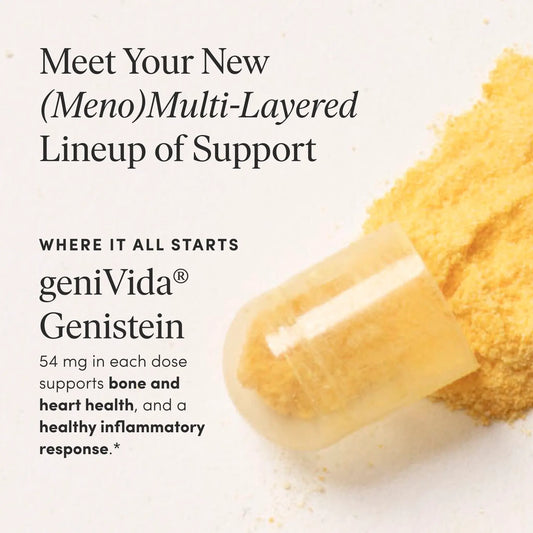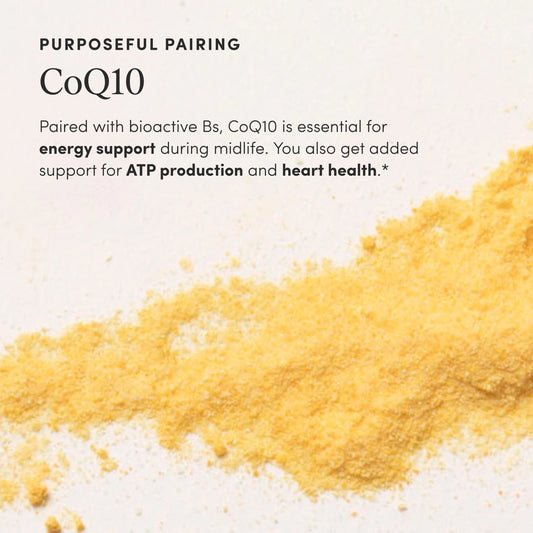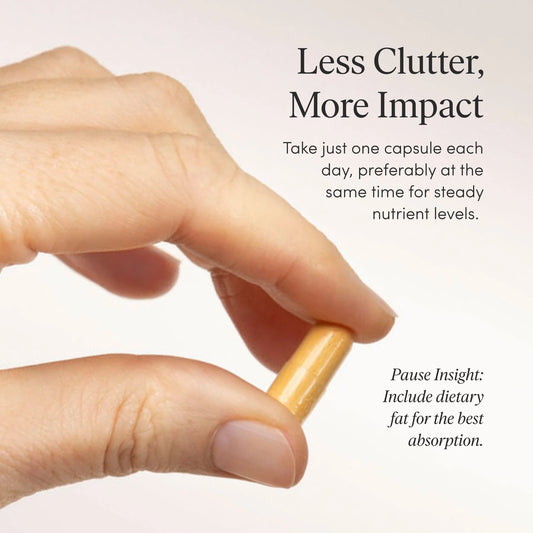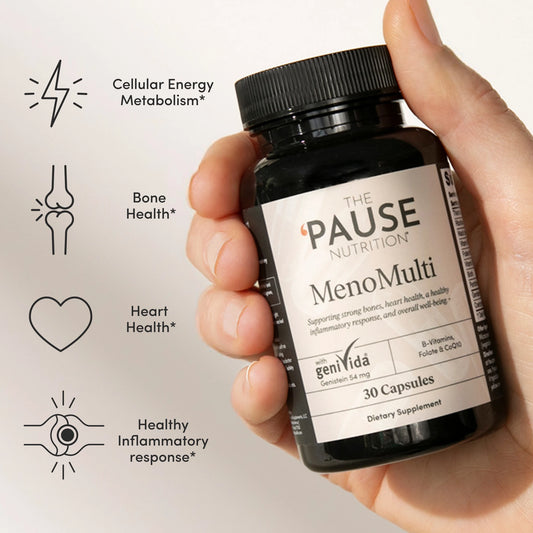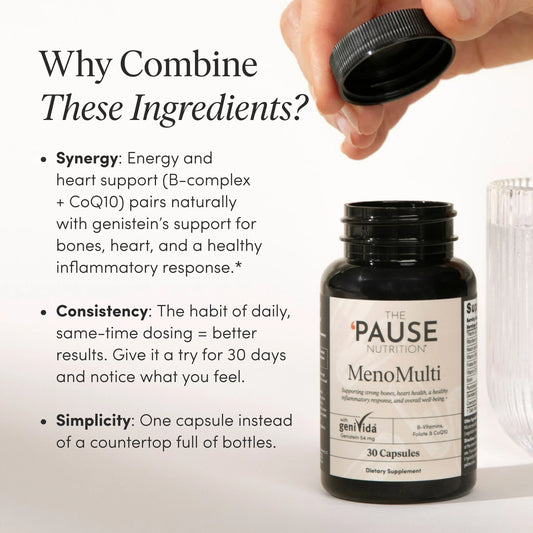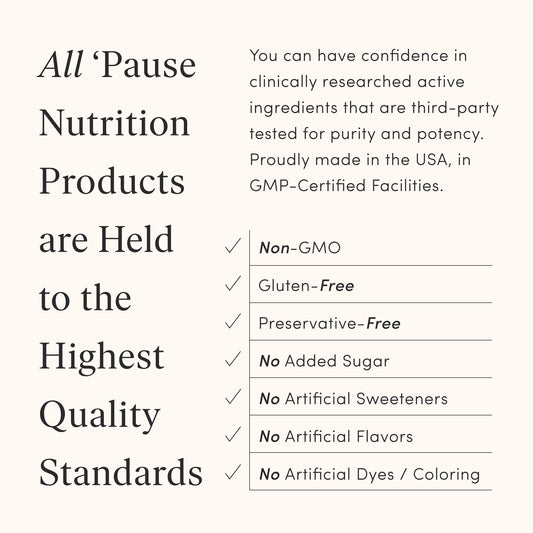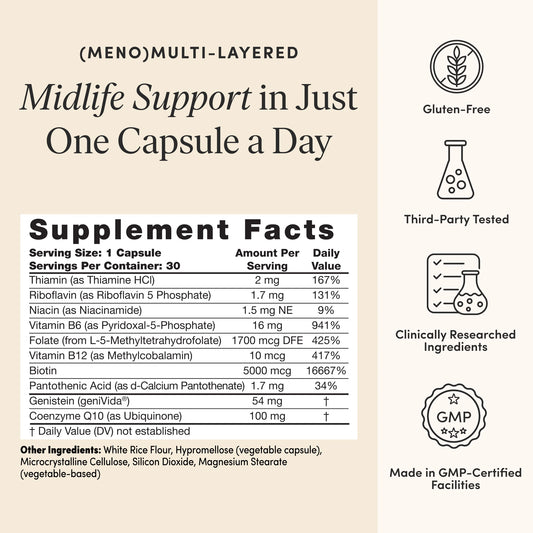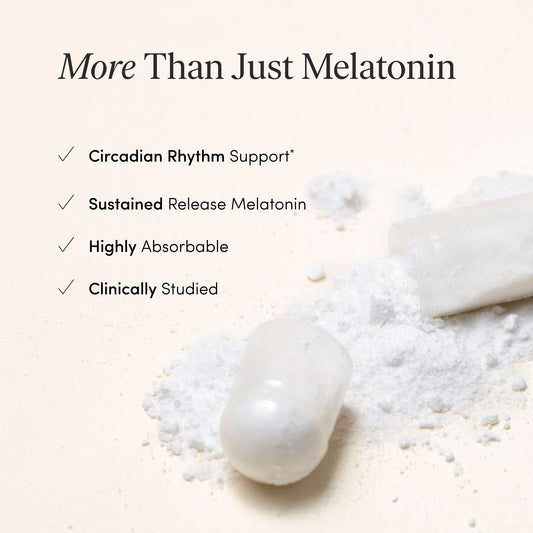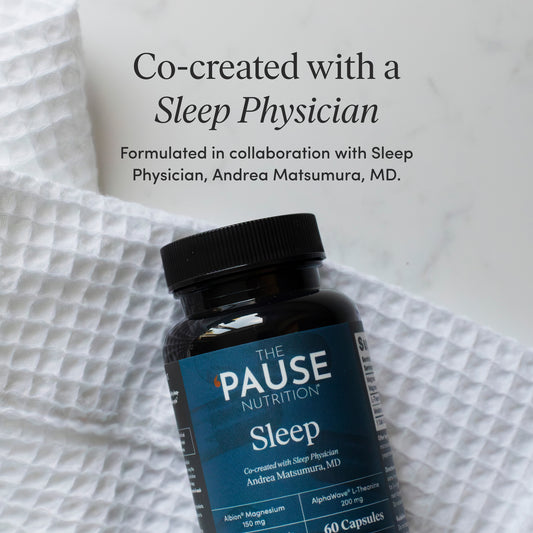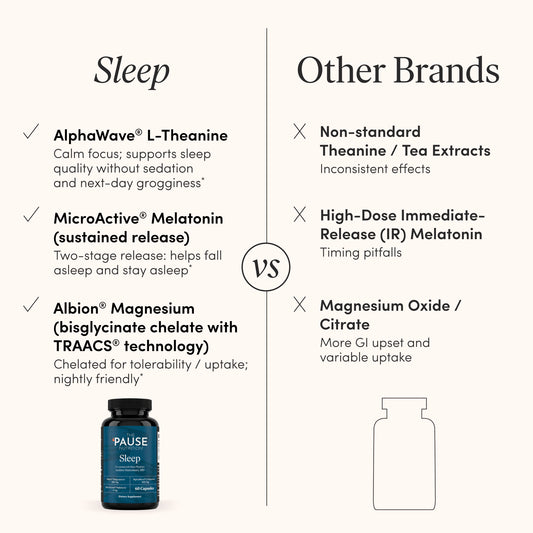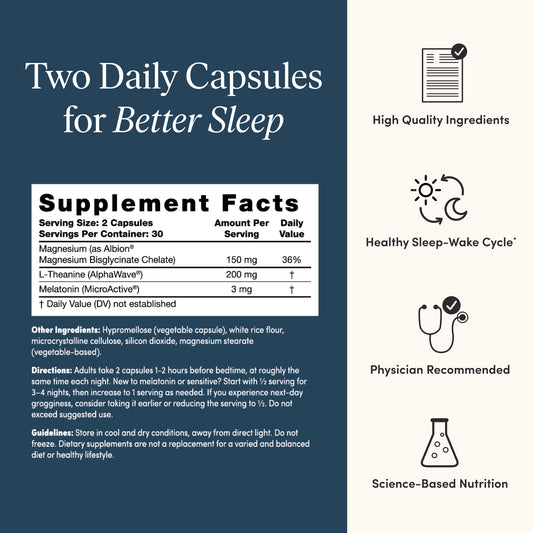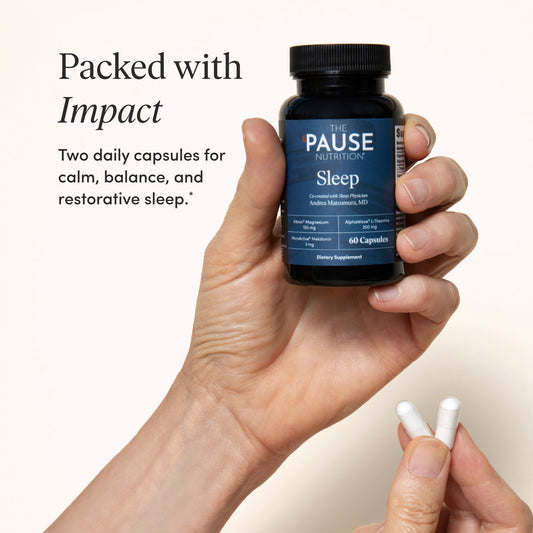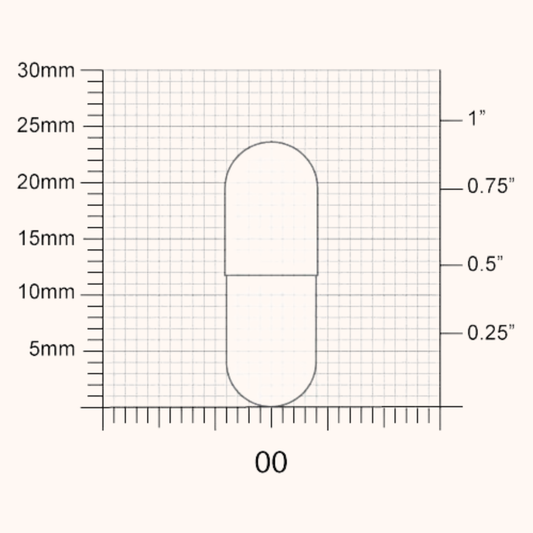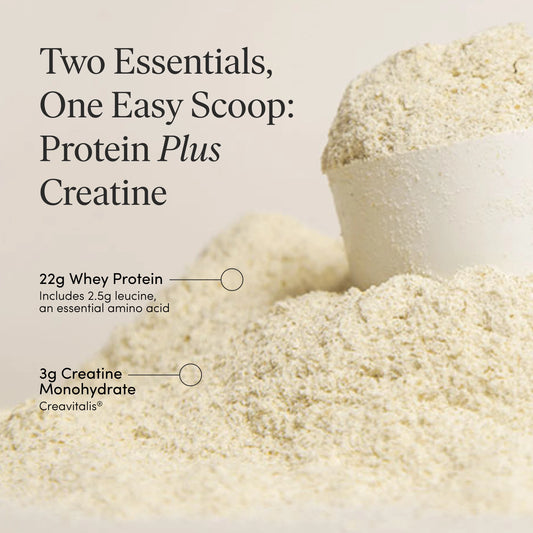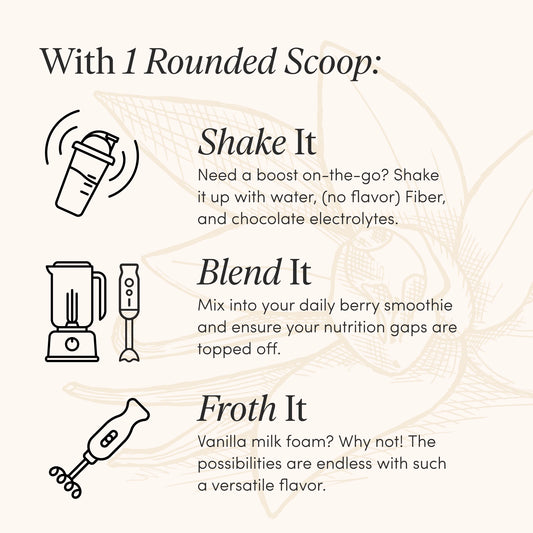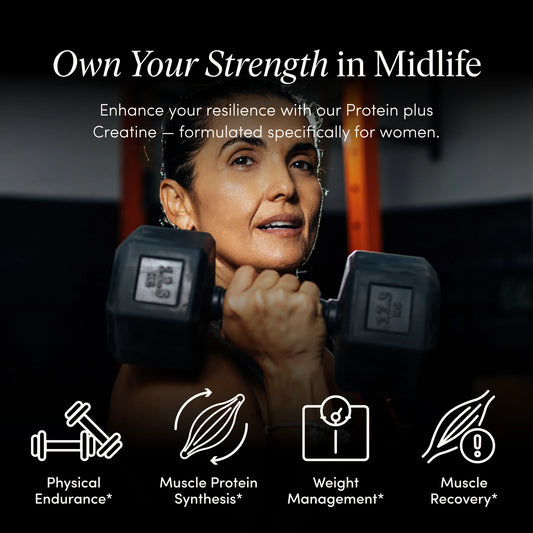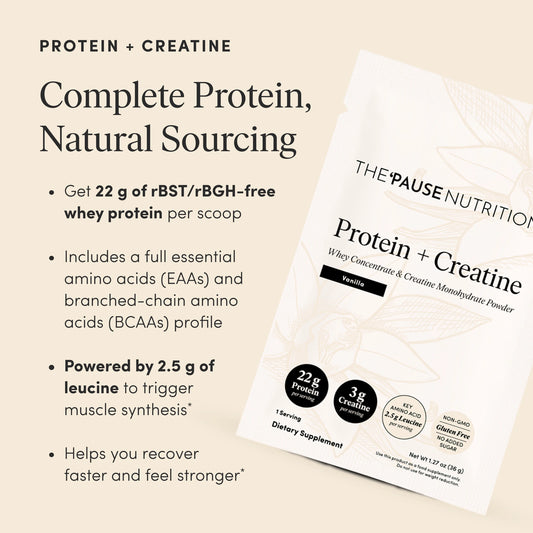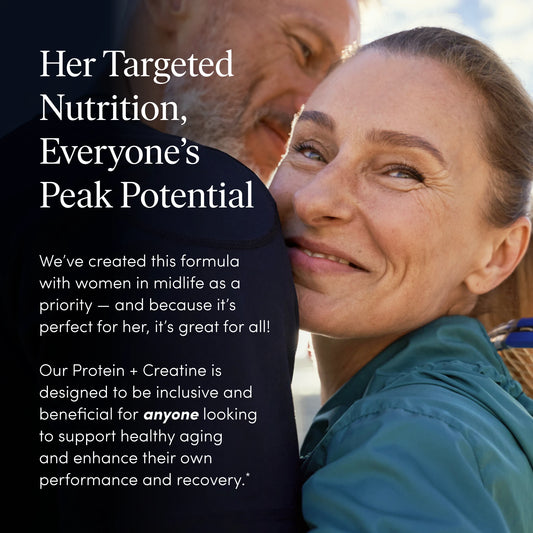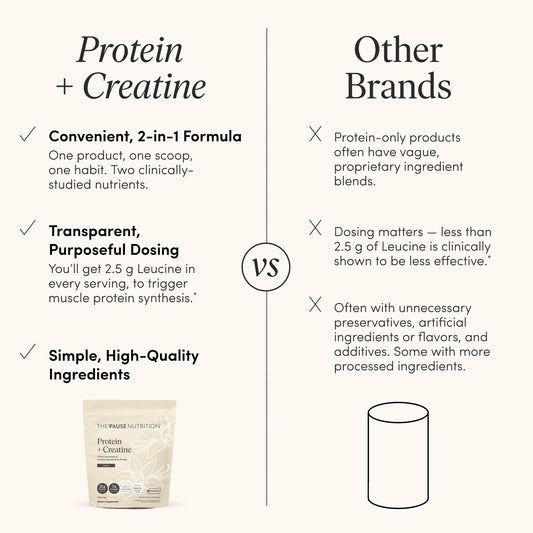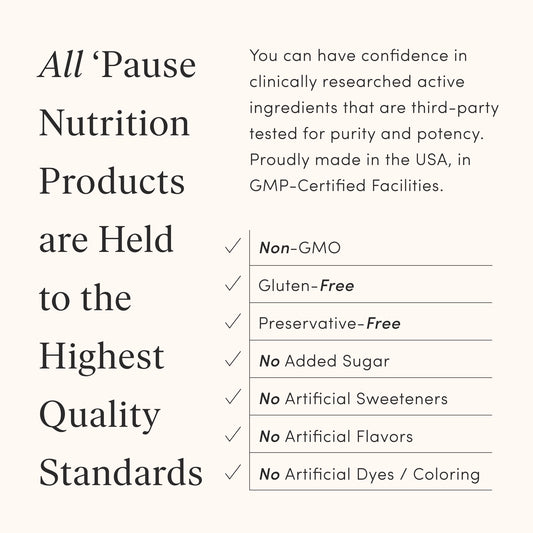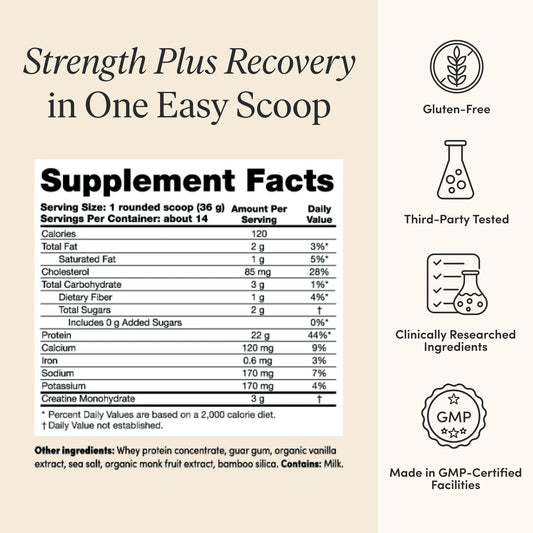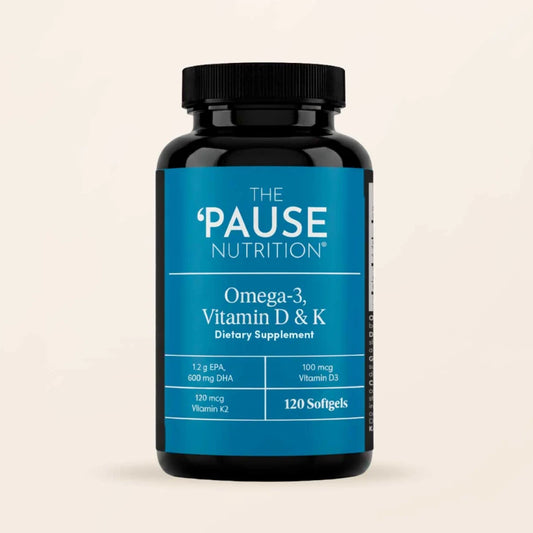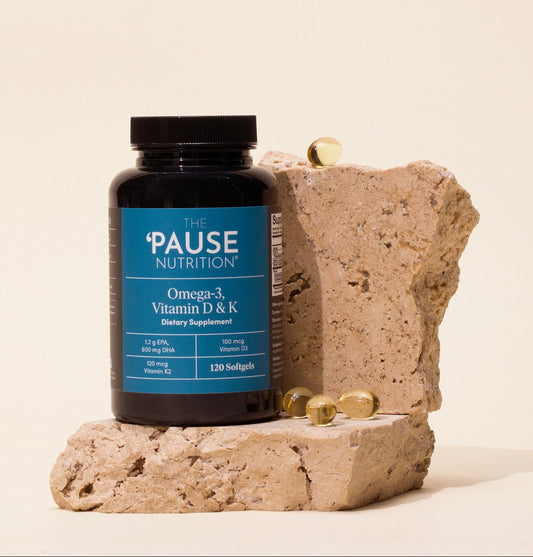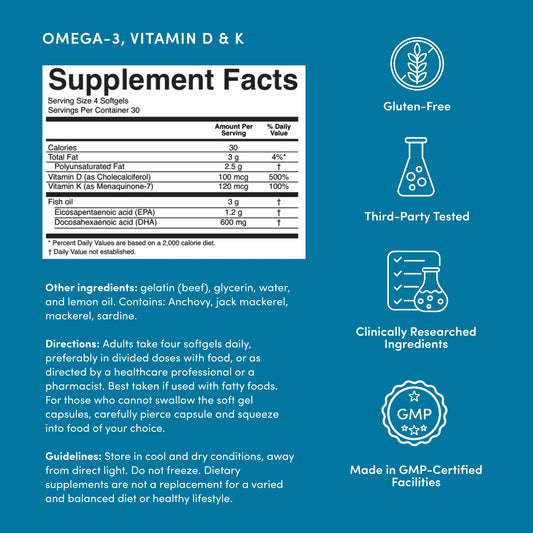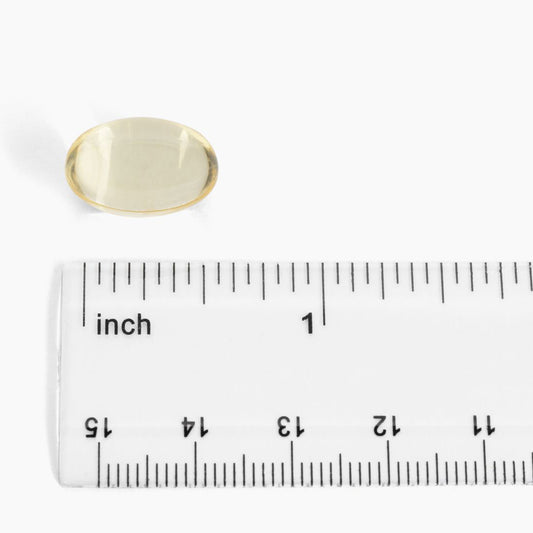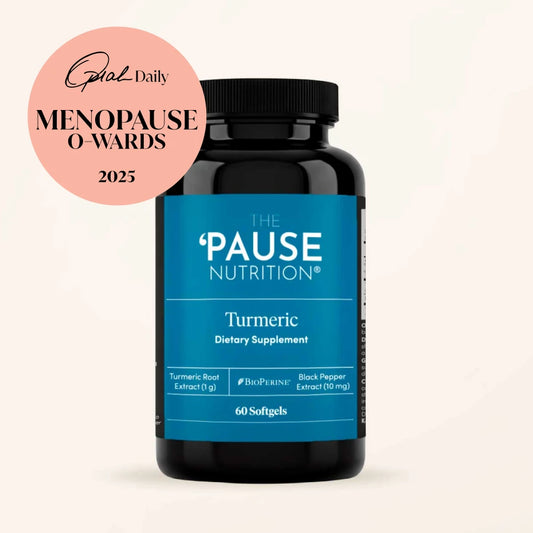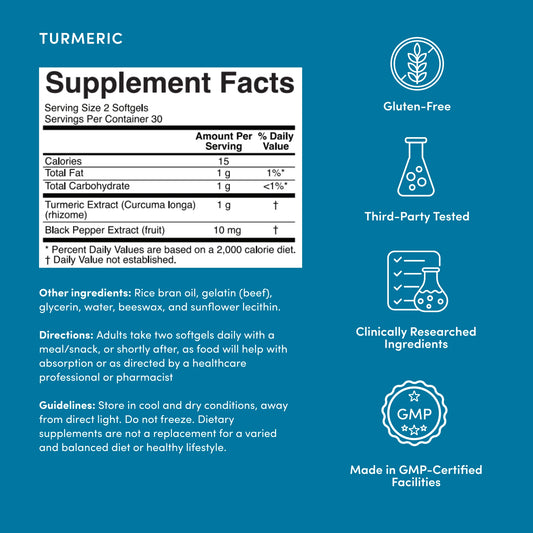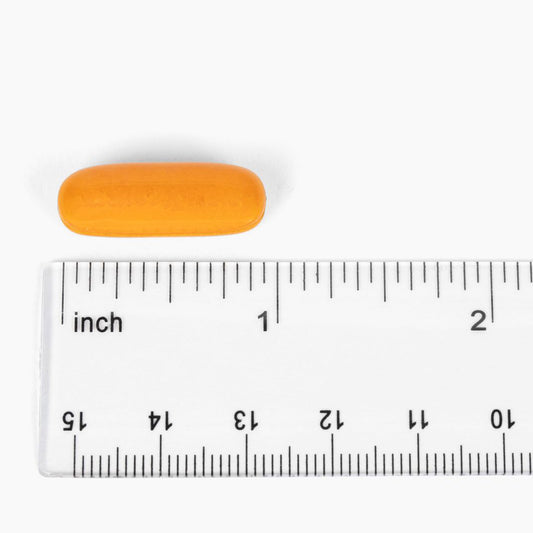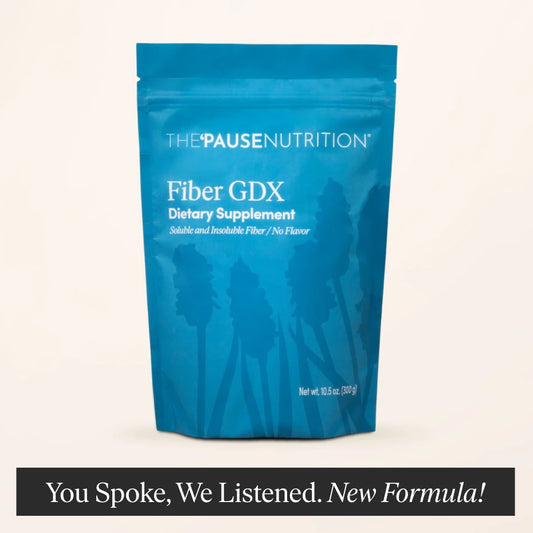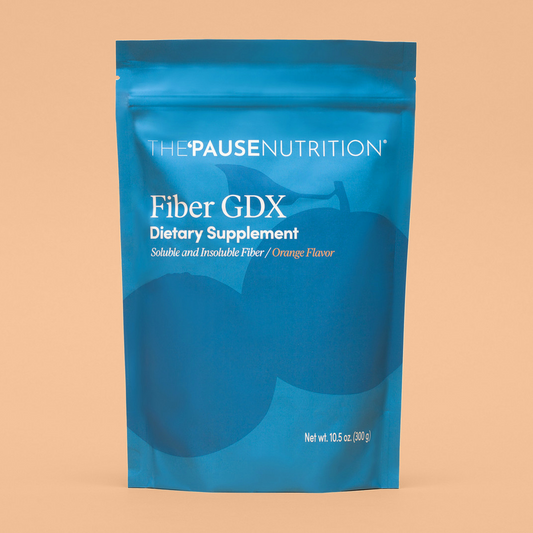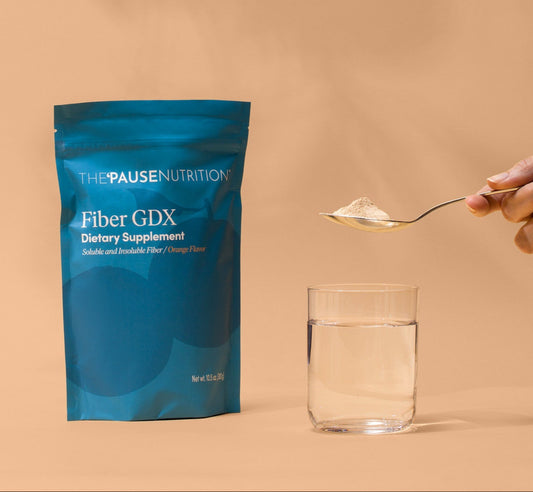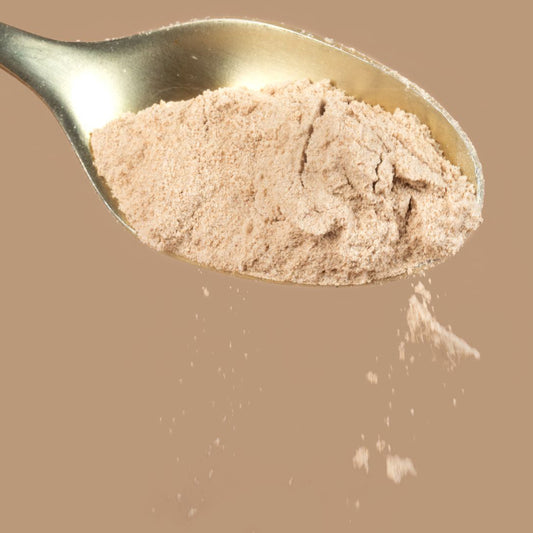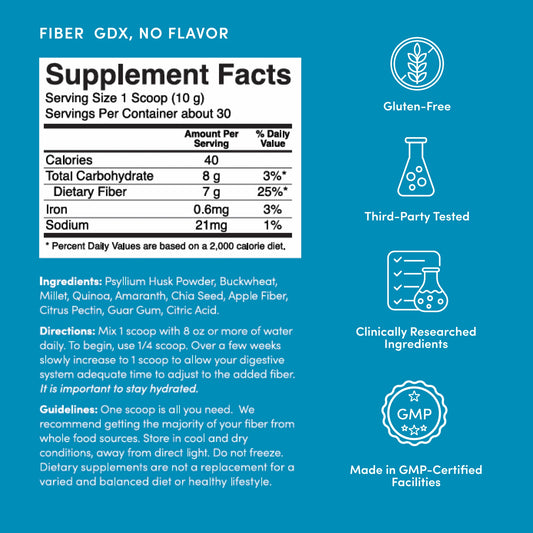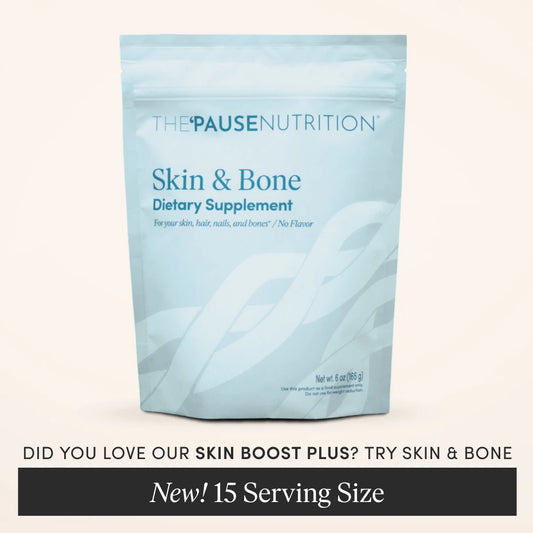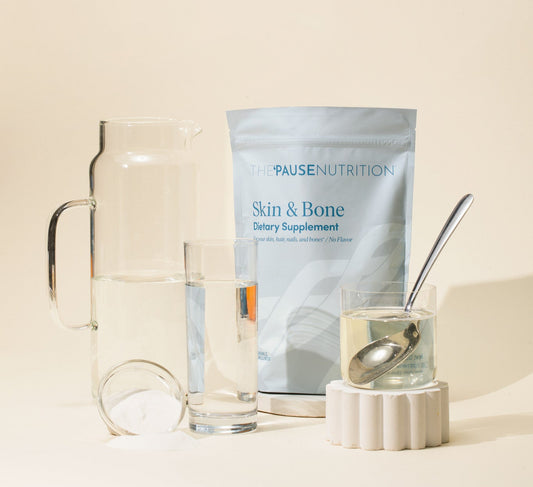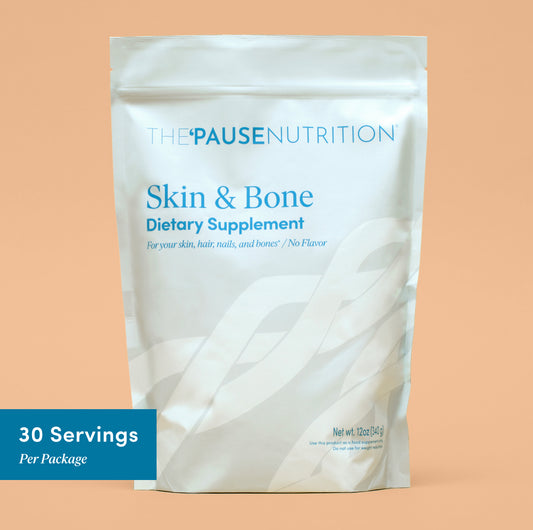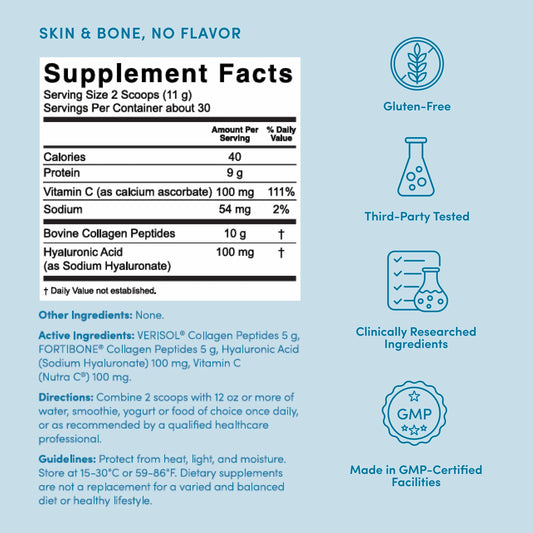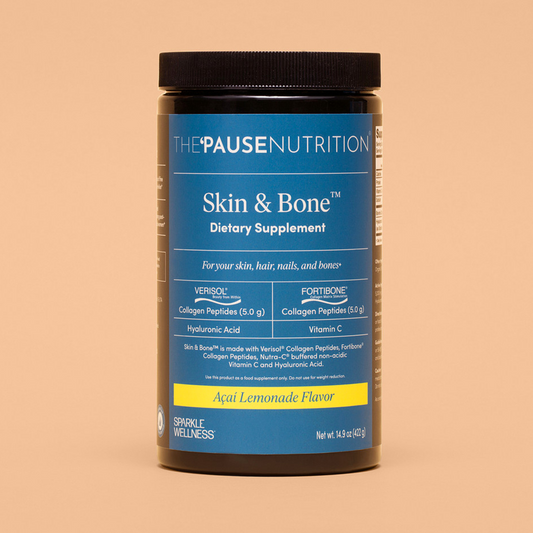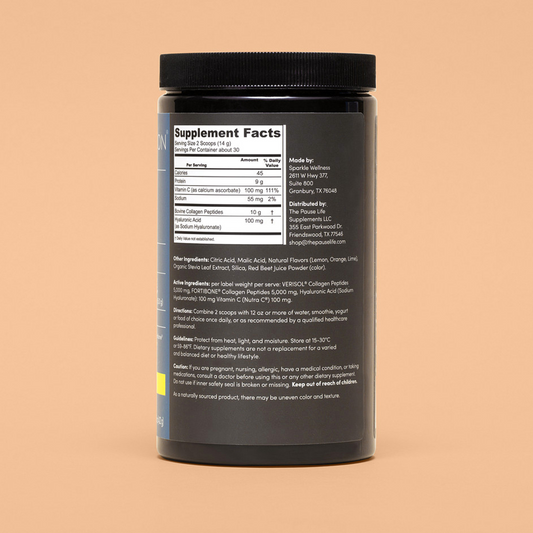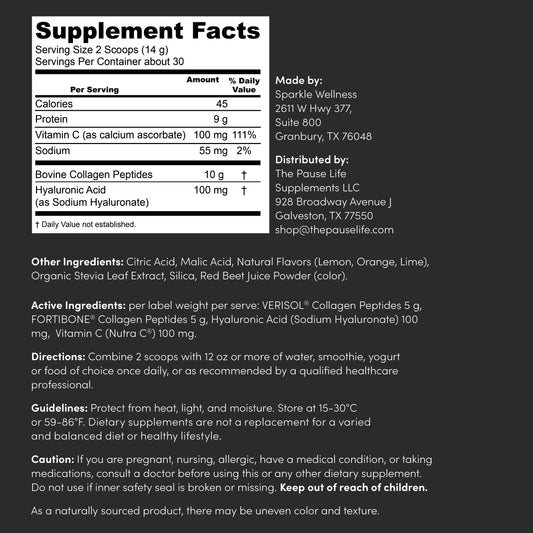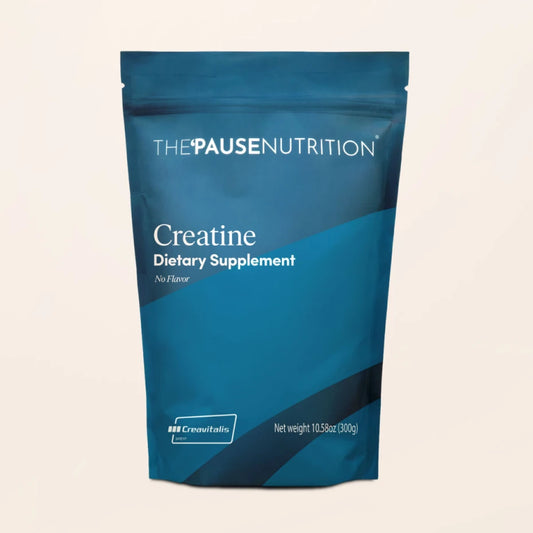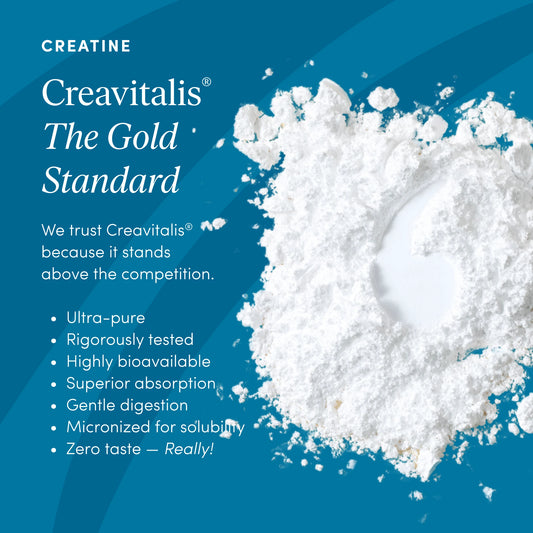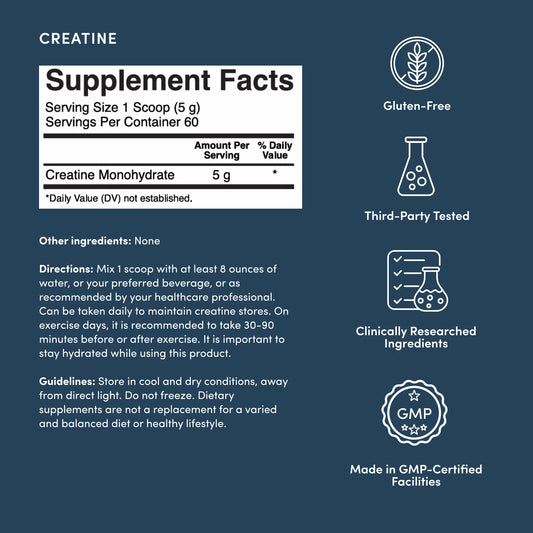Body Composition: You Are More Than A Number On The Scale
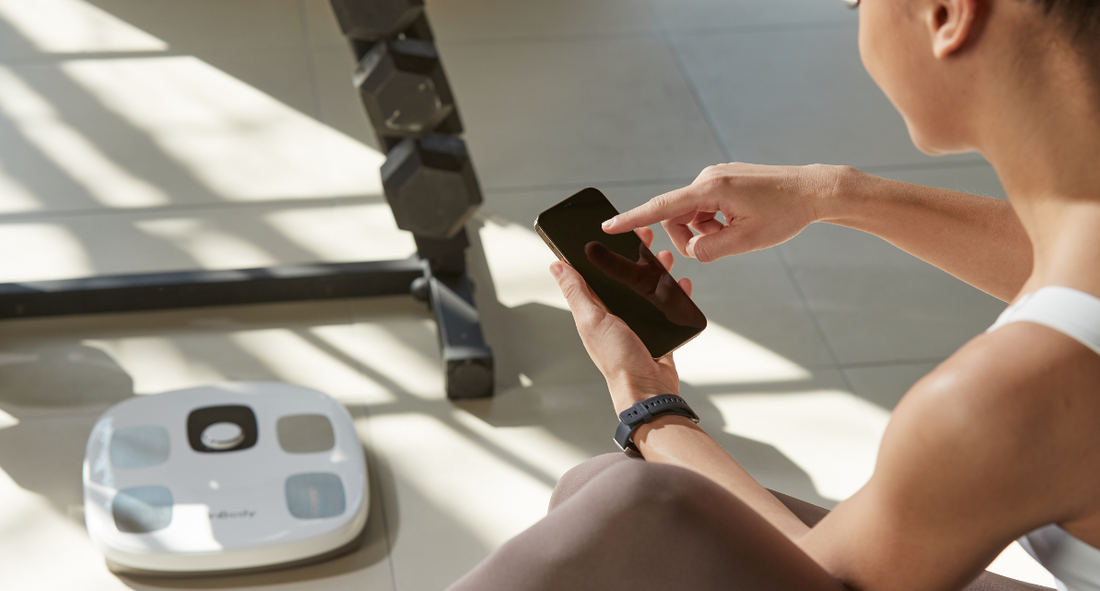
Share
Many women in midlife find themselves frustrated with a number on the scale that keeps creeping up, despite their best efforts. Weight gain and body composition changes are common symptoms of perimenopause and menopause.(1) But, I can’t say this enough, you are more than a number on a scale.
Here's the truth: the "eat less, exercise more" approach often falls short during this hormonal shift. The key to achieving a healthy weight before, during, and after menopause lies in understanding body composition – not just the number on the scale.(2)
What is Body Composition?
Body composition refers to the breakdown of your body weight into muscle mass, fat mass, and bone mass. Muscle mass burns more calories at rest than fat mass, so the higher your muscle percentage, the higher your metabolism. This is why the number on the scale might not tell the whole story. You could gain muscle and lose fat, resulting in a higher weight but a healthier, more metabolically active body.
The Challenge of Menopause
During menopause, declining estrogen levels can lead to a decrease in muscle mass and an increase in visceral fat (the dangerous fat stored deep in the belly). This not only contributes to weight gain but also raises your risk of chronic diseases like heart disease and stroke.
The Skinny on "Skinny Fat"
While being thin might seem like a health goal, it's not always the case. "Skinny fat" people can have the same health risks as those who are overweight, even though they look thin. This is because they have too much body fat, especially visceral fat, and not enough muscle mass.
Visceral fat, which is stored deep within the abdomen, can be harmful to your health.(3) Unlike subcutaneous fat, which is the fat you can see under your skin, visceral fat is not easily detected by traditional methods like BMI. Side note, the more we learn about BMI, the more we find out this measurement isn’t a great indicator of health.(4)
To stay healthy, it's important to focus on overall body composition, not just weight. A healthy balance of fat and muscle is essential for long-term well-being. Having enough muscle mass can help you stay strong, mobile, and healthy as you age.
The Power of Accurate Measurement
So how can you track your body composition and make informed decisions about your health?
Here's where a high-quality body composition scale comes in. These scales go beyond weight to provide you with insights into your muscle mass, fat mass, and even visceral fat levels. But not all scales give you the same level of information you need.
Introducing the InBody Dial H30 Smart Body Composition Scale
At each appointment, the patients of my in-person clinic get measured on a clinical level InBody scale. We review critical markers such as visceral and body fat mass along with muscle and bone mass, and the data generated informs our nutritional and exercise recommendations. The InBody scale allows us to monitor their progress from appointment to appointment.
Now there’s a home version that closely resembles the data output available in my clinic to allow each of you to track the same critical data and progress! The innovative InBody Dial H30 Smart Body Composition Scale provides you with a wealth of data points, including:
- Muscle Mass
- Body Fat Mass
- Visceral Fat Level
- Basal Metabolic Rate (BMR)
- Body Mass Index (BMI)
By tracking these measurements over time, you can see how your body is responding to your diet and exercise routine. This allows you to make data-driven adjustments to your nutrition and exercise routine to achieve your health goals.
The best part is, I have a special offer to share with you: Use code DRHAVER to receive 15% off the InBody Dial H30 and all other InBody devices at InBody USA.
Why this scale?
When it comes to understanding your body's composition, the InBody H30 offers a level of precision that sets it apart and it is a true game-changer. There are a lot of sensors, including sensors that you hold in your hands. It's like a personal health assistant that gives you a deeper look into your body. Instead of just weighing you, it breaks down your body into its components: muscle, fat, and water. Think of it as a personal trainer for your body, helping you understand what's really going on inside.
Unlike old-school scales, the InBody H30 uses advanced technology to give you accurate, personalized results. It doesn't just guess your body composition based on your age or height; it actually measures every part of your body, providing a more comprehensive understanding of your health.
By using multi-frequency bioelectrical impedance analysis (DSM-MFBIA), the InBody H30 sends electrical currents through your body to measure your body composition. This means you get precise, reliable data that can help you track your progress and make informed decisions about your health. One study found that DSM-MFBIA provides more accurate body composition measurements than single-frequency scales, particularly in post-menopausal women.(5)
To get the most accurate results from your InBody H30, a little preparation is key.(6) Try to avoid eating or drinking for a few hours before your test, take the test in the morning, and use the bathroom before you start. Also, make sure to test BEFORE any exercise or taking a shower. This scale is so accurate, that the instructions even recommend standing still for a few minutes before stepping on the scale. By following these simple steps, you'll ensure your InBody H30 readings are as accurate as possible. It might sound like a lot, but this scale is going to give you DETAILED results.
Accurate Measurements: Beyond the Scale
While a body composition scale is a valuable tool, it's not the only way to track your progress. There are other, affordable and accessible methods you can incorporate into your routine. I have even made videos (or here) walking you through how to do this.
Here are a few simple measurements you can do at home:
Waist-to-hip ratio: This measurement can help assess your risk for certain health conditions. Divide your waist circumference by your hip circumference. A ratio greater than 0.8 for women or 0.94 for men increases your risk of metabolic complications.(7) A WHR of 1.0 or higher is often considered a high-risk for heart disease and other health problems.
How to Measure Your Waist-to-Hip Ratio
Materials needed:
- Measuring tape
Instructions:
- Stand tall: Make sure your feet are shoulder-width apart and your weight is evenly distributed.
- Locate your waist: Place your hands on your hips and find the narrowest part of your torso. This is typically above your belly button and below your rib cage.
- Measure your waist: Wrap the measuring tape around your waist at the narrowest point. Make sure the tape is snug but not too tight.
- Measure your hips: Find the widest part of your hips, usually around your buttocks. Wrap the measuring tape around your hips at this point, ensuring it's snug but not too tight.
- Calculate your ratio: Divide your waist measurement by your hip measurement. For example, if your waist is 30 inches and your hips are 40 inches, your waist-to-hip ratio would be 30/40 = 0.75.
Note: A waist-to-hip ratio higher than 0.85 for women is often considered a risk factor for heart disease and other health problems. However, it's important to consult with a healthcare professional for a personalized assessment.
Waist circumference: A simple tape measure can help you track your waistline. Measure your waist at your belly button. A waist circumference greater than 35 inches for women or 40 inches for men is generally considered a risk factor for Adiposity-Based Chronic Diseases (ABCD, the new term for obesity) and related health conditions.
Remember, these measurements are just a starting point. For a more comprehensive understanding of your body composition, consider consulting a healthcare professional or a registered dietitian. They can provide personalized guidance and help you set realistic goals.
Ready to Take Control of Your Health?
Investing in a body composition scale is a great first step toward understanding your body and making informed choices. Combine this with a focus on protein, fiber-rich foods and other healthy lifestyle habits to empower yourself during peri/menopause and beyond.
This article contains affiliate links.














